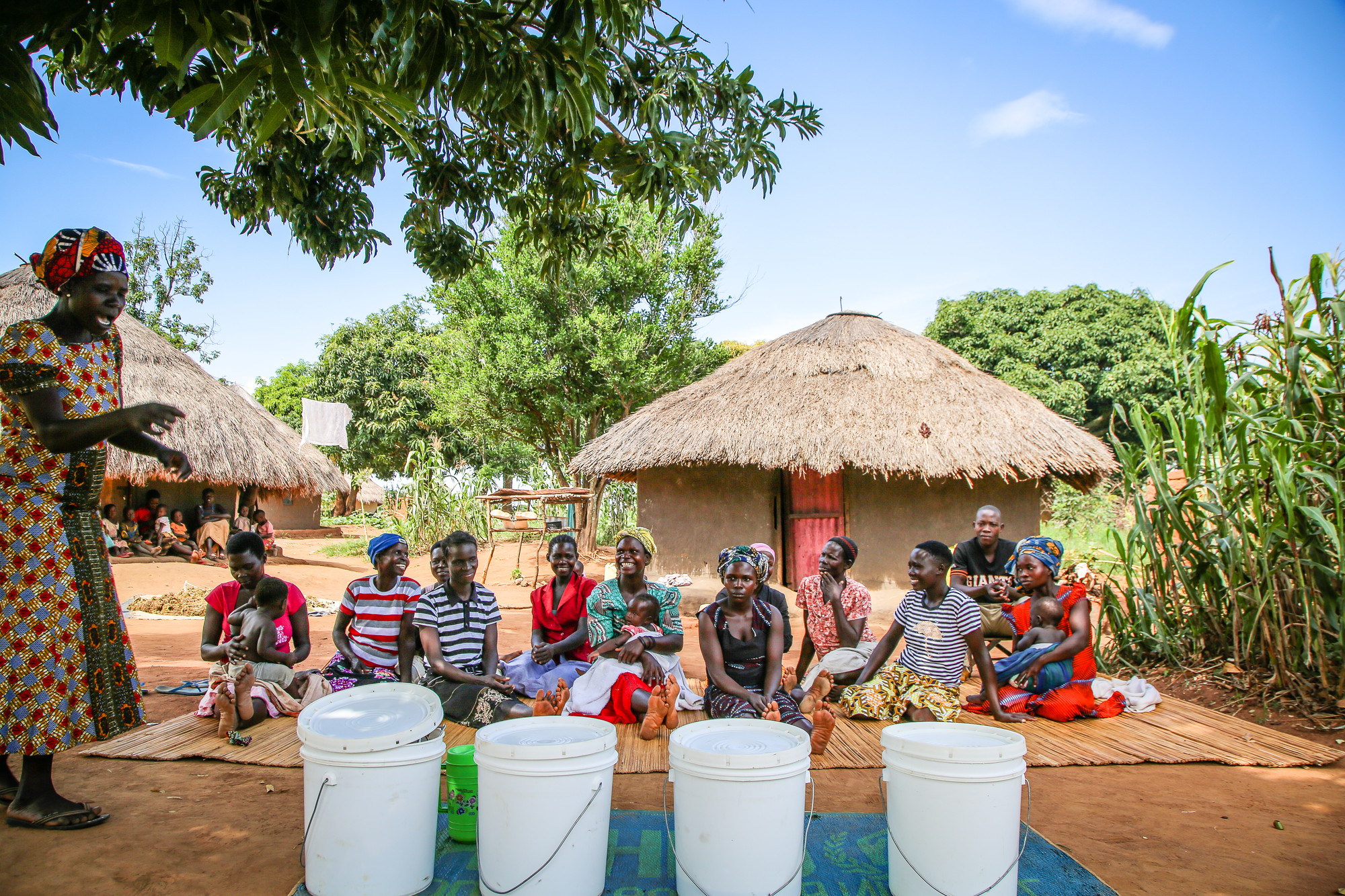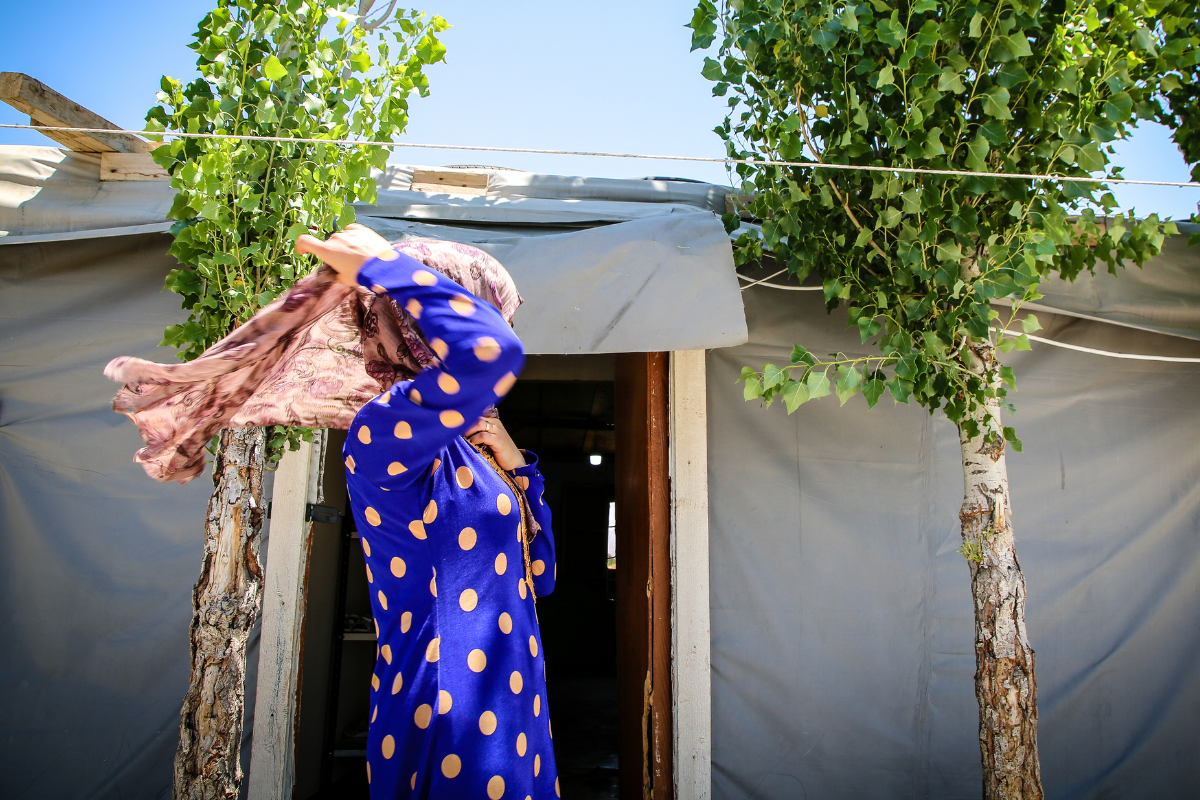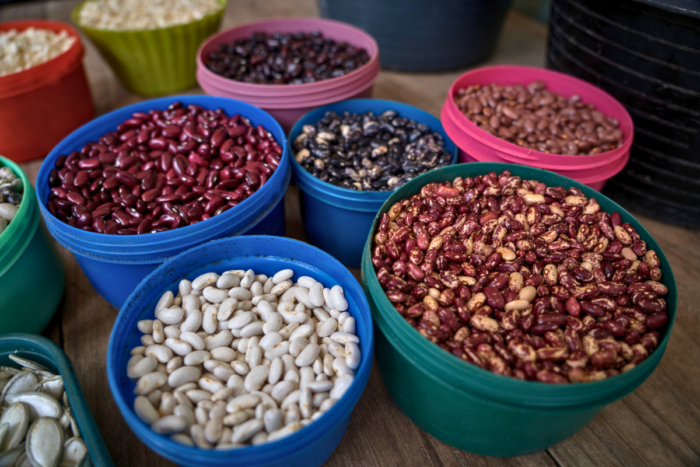What You Can Do To Help Develop Sustainable Communities

The term “sustainable community” focuses on creating a good environment and a healthy economy that will persist for generations. We believe that strong communities are the foundation of a safe and peaceful world.
The biggest challenges we face in creating sustainable communities are climate change, economic inequality, and gender disparity; these are the major issues defining World Renew’s continuous programs.
So what can you do to help develop sustainable communities? In this article, we’ll define what a sustainable community is and how you can help build a stronger community where you live and around the world.
What is a sustainable community?
A sustainable community serves everyone’s needs while securing and reducing environmental damage.
It is also one that promotes resource conservation and pollution reduction, focuses on improving community health, and strives to understand and protect people who are living within it.
To build a prosperous society, World Renew’s long-term community development programs aim to provide all aspects of sustainability which include solar energy-powered houses, local employment, sustainable food production and an almost zero-waste management system. With these best practices in place, you can start implementing these strategies in your communities as well.
To have a sustainable community development program, here are the most important factors that need to be achieved:
- Shift away from polluting and wasteful practices
- Support environmental and social impacts of development and community operations
- Support the local economy by promoting a local industry that produces value-added goods and services
Ways to be more sustainable
In Matthew 7, Jesus describes the wise man as the one who hears the teachings of God and applies them to his own life first. How can we apply the principles of sustainable community to our lives even as we also support sustainability around the world?
Here are some quick, actionable lifestyle adjustments you can take to make your community more sustainable:
- Conserve water
- Start a compost pile
- Donate unused clothes, shoes, furniture, and other goods
- Recycle plastics, paper and other household disposables
- Reuse, recycle or donate your electronics
- Reduce the amount of non-recyclable products you use
While these easy tips are a good place to start, we’ll highlight more fundamental practices that will help you achieve a sustainable community in the long-run.
How can you help develop a more sustainable community?
For environmental, social and economic reasons, sustainability is essential for a healthy and long-lasting community. While the following best practices can be implemented in existing communities, they are generally easier to plan and execute during a community’s development, which is why World Renew seeks to engage these areas holistically in our continuous programs around the world.
1. Conserve energy
The conservation of energy supplies and the utilization of renewable, clean energy is an essential part of creating sustainable communities. Through using solar power, cooling systems and wind power, the dependency of the local population on gas, coal and other fuels will be greatly decreased.
Planning and construction of infrastructure to support this should begin as early as possible as renewable energy can grow to become the most cost-effective way to incorporate energy-saving strategies in a community.
Meet Sandress, a father in Zambia who installed solar panels on the roof of his home to help his children succeed in school.
Here are some practical yet effective ways to conserve energy right from your home.
2. Reduce and recycle waste
You should proactively address waste mitigation by using items produced with reusable materials and then choosing to recycle, reuse or compost as much waste as possible. Additionally, communities should facilitate recycling, use strategies to turn waste into electricity and compost organic materials for urban use.
Meet Row Shan, a farmer in Bangladesh whose community safely uses waste to create the fertilizer that helps their crops thrive.
You can learn more about what you can do to reduce waste here.
3. Promote local food sources
Another way to help would be to support local farmers. The support of local food production and consumption is good for the environment and is vital for the economic well-being of the community.
For a healthy lifestyle, access to fresh food is important. In addition, air pollution decreases with the reduction in transportation as the food is made available locally, giving the added benefit of supporting the local economy.
Meet Moses, a passionate farmer who received training in conservation agriculture through World Renew and now teaches other farmers in Uganda how to grow more and sell their produce at the market.
Here’s a list of 10 things you can do to promote your local food system.
4. Pollution control
To develop a sustainable community, you need to prioritize the control of pollution. There are various pollution reduction policies that communities can use to minimize traffic congestion and therefore, reduce pollution from cars.
This includes encouraging the use of public transportation or ecological vehicles, building footwalks and providing incentives for people to power their homes using renewable energy sources.
Meet Stella, a grandmother in Mozambique whose primary form of transportation for selling her produce, visiting the doctor, and running errands is a bicycle.
Though we can’t put an end to pollution, with these easy steps, we can help reduce air pollution and make our environment healthier for our children and grandchildren.
5. Support local businesses
By promoting and supporting local businesses, you are directly supporting the economic development of a community. Moreover, new jobs are created for other community residents as local businesses succeed and expand.
Meet Olga, a small business owner in Honduras who is helping to transform the story of her community in Tegucigalpa.
Here are a few ways small businesses benefit from their local communities.
6. Develop public spaces
The parks and gardens in communities do more than beautifying the local area. They provide a healthy habitat for local wildlife and promote physical exercise for local residents. Join your local community to build gardens that promote social activity and foster community growth.
Here’s a great article that explains the importance of public space for a good community.
7. Educate your community
Sustainable development can minimize pollution, control recycling of useful resources, promote the economic well-being of a community, protect natural resources and culture, as well as bring people together.
You will contribute to the environment, the community and the future of the world by educating other members of the community and taking steps to ensure that the local government and its people understand the benefits of sustainability.
Let’s create a happier, more sustainable community together
There are many more ways to help communities become more sustainable; we’ve provided just a few of the methods that could be used.
Living sustainably isn’t just something we should do, but something we must do in order to preserve our quality of life and that of other inhabitants on this planet. And as children of God, the choice to adopt a sustainable lifestyle leads to a mindset of stewardship.
As part of our mission to renew hope around the world, we’re on a journey to help build sustainable economic opportunities for communities, and you can be a part of this journey too. To support our community development programming around the world, you can donate to World Renew here.
MORE STORIES AND NEWS
16 Days of Activism: Lilia’s Journey to Self-Confidence
Lilia’s Journey to Self-Confidence November 25, 2025 Lilia’s Journey to Self-Confidence November 25, 2025
Cambodia: How One Student Is Fighting Human Trafficking
How One Student Is Fighting Human Trafficking IN CAMBODIA September 18, 2025 How One Student
Nicaragua: Shaping the future through savings groups
Shaping the future through savings groups in Nicaragua Shaping the future through savings groups in Nicaragua






